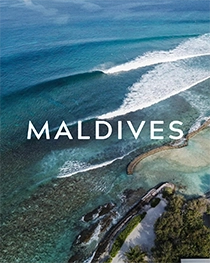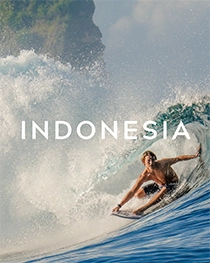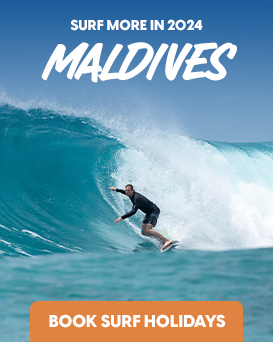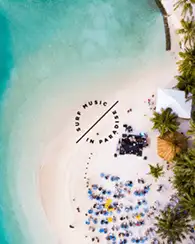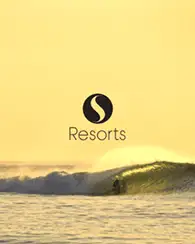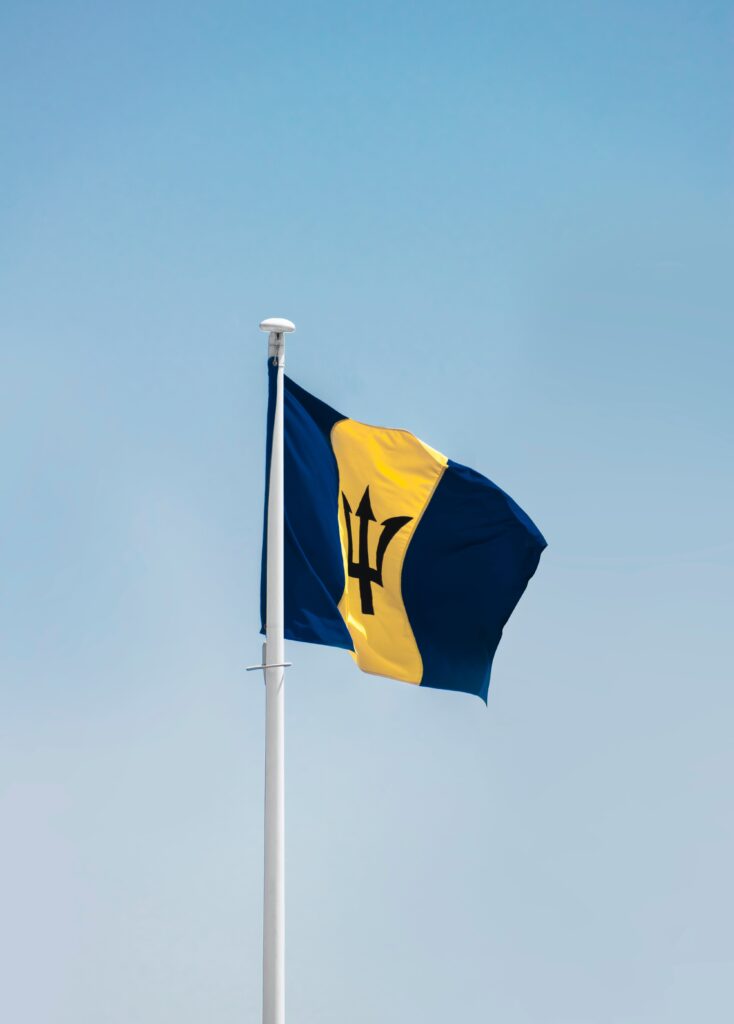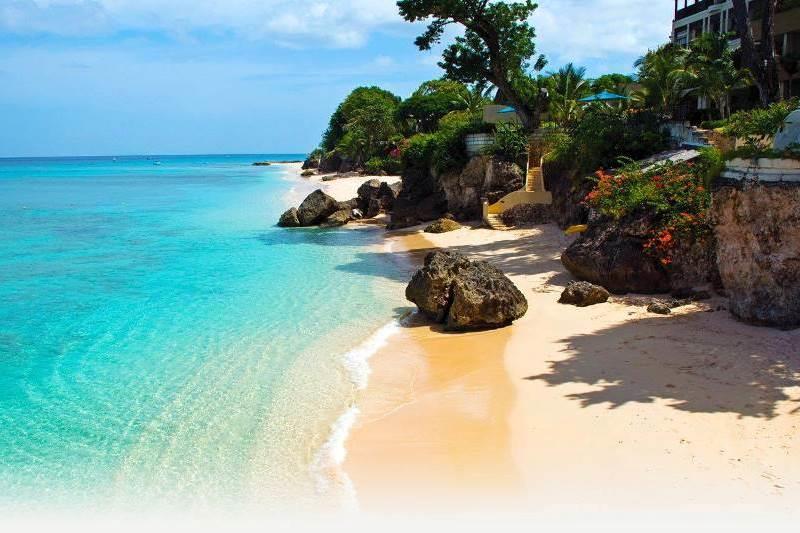Barbados Surf Travel Guide
Barbados belongs to the Windward Islands, sitting east of the main Caribbean chain. Famous for its holiday resorts, clear blue water and white sand beaches, it also has the eastern Caribbean’s most consistent surf. Strong, constant trade winds make for consistent, year-round swell on the east coast, while in winter, regular north swells light up the north and west coasts. Barbados offers some heavy waves, but it is best suited to the surfer who enjoys chilling-out on the beach and riding fun waves with an idyllic tropical backdrop as most of the waves break onto flat coral reefs or on beautiful sandy beaches.
Quick Facts
A wide variety of excellent reefbreaks with famous Soup Bowls the pick
Accommodation ranges from platinum luxury to basic surf camps
Northeast trade winds product consistent surf all year round
Barbados offers a wonderful, relaxed Caribbean vibe
Barbados Best Waves
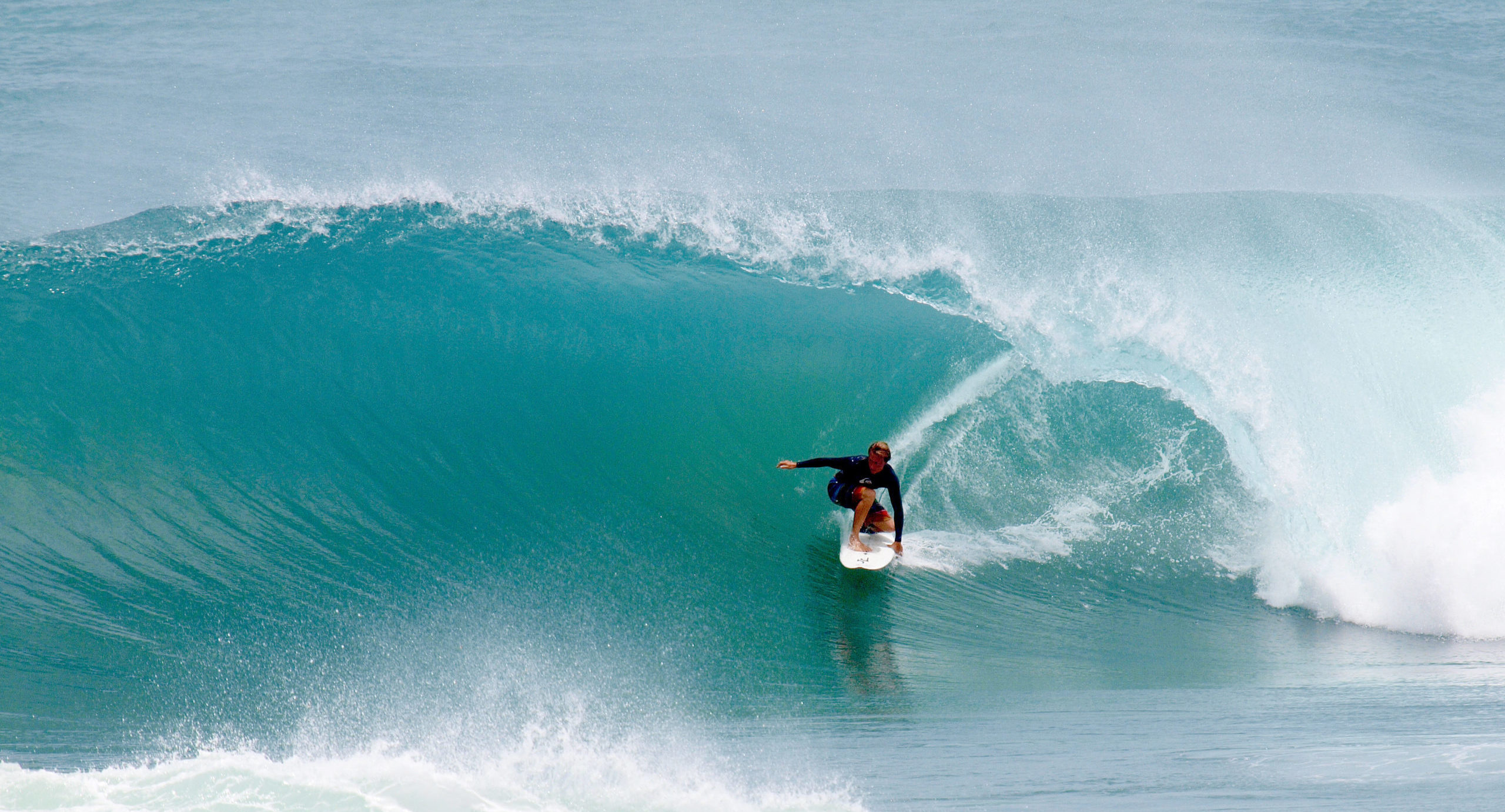

Soup Bowls is located in Bathseba the island’s most famous spot (and a favourite of Kelly Slater) is a consistent, powerful and hollow wave. 10 minute walk north of Bathseba is a mellow beachbreak called called Sandbank, ideal for beginners when small.
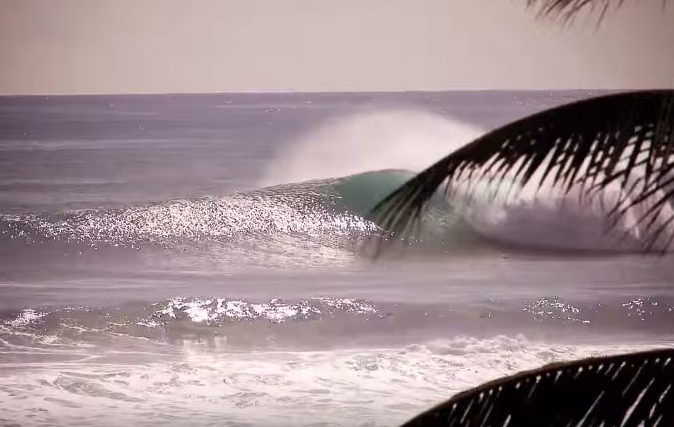

Parlors, just south of Soup Bowl is a very fun wave
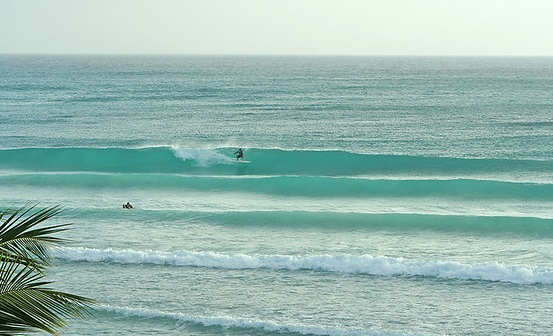

Freights is probably the best left on the south coast that works best on a big south swell.
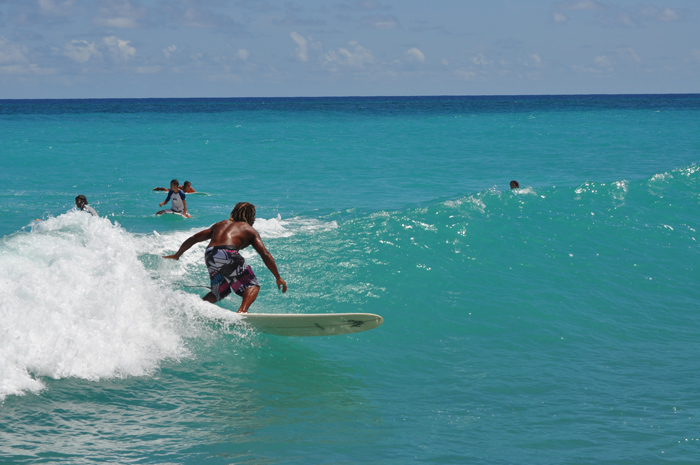

Surfer’s Point is a super fun left with easy walls.
Barbados Surf Season
With 3000 hours of annual sunshine and consistent northeast trade winds, the air temperature is a pleasant 23-29°C/75-85°F year-round. Nearly every day is a good diving day in Barbados. For surfers though the best season for ground swell is from late October to March, when N-NE swells wrap around the northern tip of the island to produce clean waves on the west coast and bigger onshore waves on the east coast. Barbados is usually situated too far south to get hit by hurricanes in the season from June to October, but their swell often reaches the east coast and can light up the southern tip as well.
Attractions
There’s much to do on this Caribbean island. Increase the island pace with a day at the horse races at the Garrison Savannah racetrack, or party the night away at the harbor restaurants where the carnival costumes and calypso bands keep visitors enthralled until the early hours of the morning. Entertain your taste buds at the Mount Gay rum distillery in Bridgetown. Or explore Harrison’s Cave, and hike the old Bridgetown train tracks. Scuba diving ship wrecks is a popular activity, with shark-like barracuda not the only fish marveled at off the reefs and wrecks off Barbados. In the crevices of the wrecks lurk lobster, eels and lionfish, and peeping out of the sand like blades of grass but retreating quickly into their holes are the garden eels. The hawksbill, leatherback and green turtles all use the island’s beaches as nesting grounds. Keep your eyes open for brilliantly colored parrotfish, reef squid, Bermuda chub, grouper and tube sponges, too.
The Country
Barbados offers a wonderful, relaxed Caribbean vibe. Located outside the Atlantic hurricane belt, it was one of the few islands visited by both the Spanish and Portuguese during the era of colonization. However, it lay unclaimed until British settlers arrived in 1627. The island remained a colony until 1966, when Barbados was declared an independent state within the British Commonwealth. The economy – traditionally dominated by sugar cane – has evolved to better meet the needs of global tourism. The capital of Bridgetown has a diverse ethnic culture made up of Carib Indians, Europeans and African descendants – with English spoken widely across the whole island.
Getting There
Grantley Adams International Airport (GAI) is the largest airport in the Eastern Caribbean. Daily flights arrive from the USA, Canada, Europe, Brazil and other Caribbean islands. Cruising is also popular; Barbados is usually included on southern Caribbean itineraries.
Travel Information
Time Zone
UTC-04:00
Currency
BBD
Calling code
+1246
Electric
115 V, A, B Plug





